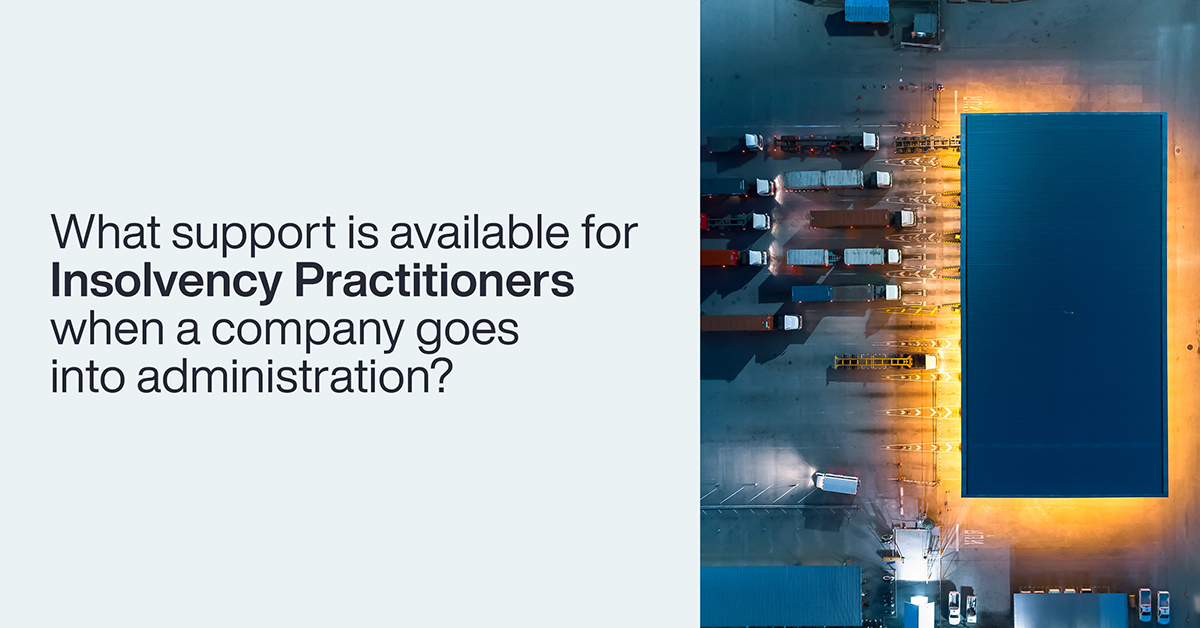Modern businesses operate in a global and connected economy. This means factors like political uncertainty, disruptive tech and climate change are creating big opportunities – and risks. Aon’s wealth of expertise is here to empower what you do. Our industry specialists and thought leaders discuss the most pressing issues businesses are facing today and develop insights – driven by proprietary data and analytics, technology and advisory services – to help clients reduce volatility and improve business performance. Read Aon’s latest insights below.
![]()
Navigating Volatility with Trade Credit and Surety
![]()
The Interplay between Statutory and Professional Duty of Candour and Insurance Obligations
![]()
Product Recall and Product Liability Insurance for the Food, Agribusiness and Beverage Industry
![]()
A Model for Sustained Cyber Resilience
![]()
Tackling Workforce Challenges
![]()
Forward Funding Case Study
![]()
Pay Transparency and Pay Equity in the Food and Drink Industry
![]()
Building Resilience: Cyber Business Continuity Management for Retailers
![]()
Why Pay Transparency for Retailers Should be a Priority
![]()
Health, Benefits and Talent webinar for the Food & Drink Industry
![]()
Mitigating Volatility and Maximising Profits: A Guide to Risk Capital in the Food, Agribusiness and Beverage Industry
![]()
M&A and Intellectual Property in the Food and Drink Industry
![]()
High-Cost Risk in Private Sports Medical Practice: An analysis of legal liability and how to mitigate risk through corporate indemnity.
![]()
Life Sciences: a Structured Approach to Implementing Pay Transparency Practices
![]()
Life Sciences: The Impact of the CSRD Legislation on Executive Incentives
![]()
The Equality Act – Discrimination claims for refusal of service
![]()
Life Sciences: How to Navigate Risk and Opportunity in the IP Lifecycle
![]()
Venturing into Life Sciences: The Critical Importance of Human Capital Due Diligence
![]()
Successfully Mitigating and Managing Retail Violence and Abuse
![]()
Responding to Violent Disorder: The Key Considerations for Businesses
![]()
Climate and the Food and Drink Industry: Managing the Risk and Taking the Opportunity

Managing and Mitigating the Threats from Cyber and Artificial Intelligence in the Food & Drink industry

Turning Risks into Opportunity: How Insurance Drives Innovation at Scale for Future Mobility

Climate Change: The Challenges and Opportunities

Take Steps to Protect Your Intangible Assets & Leverage IP for Raising Capital

Insurance Innovation Can Unlock Opportunity for Future Mobility Business Models

Aon: managing micromobility insurance risks and cutting costs

A Surety Solution for Keeping the Lights On

5 Benefits of Dedicated IP insurance

As Insolvencies Rise, Insolvency Practitioners Benefit from Working More Closely with the Credit Insurance Market

IP-Backed Lending: New Growth Opportunities for Borrowers, Lenders, Insurers, and Investors

“Plenty of Dry Powder” – M&A Landscape is Changing but Capital and Investment Opportunities Remain

Cyber Risk: As the Attack Evolves so Should Your Defence

With Insolvencies on the Rise, Businesses Should Take Steps Now to Protect Against Bad Debt

Pensions Endgame: Better Decisions

Employment Practices Liability Insurance: A Critical Risk Management Tool for Employers in the Modern Workplace

How Can Firms Address Changing Intellectual Property Risks in the Financial Sector?
![]()
Adapting to change: the retail & wholesale sector has experienced fast paced and wide-ranging challenges prompting an adjustment of strategy, creating opportunity and new risks
![]()
D&O Insurance for Non-U.S. Domiciled / U.S. Traded Companies in 2021
![]()
2022 DC Pension Scheme and Financial Wellbeing Survey
![]()
U.S. D&O Claims Against Non-U.S. Companies – a Happier New Year?
![]()
2022 Global Perspectives on Responsible Investing